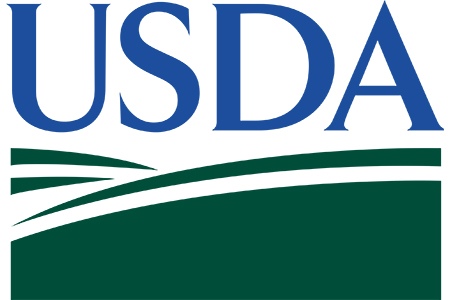 Animal Science, Hunting and Conservation
Animal Science, Hunting and Conservation  No Comments
No Comments Bycatch Begone
For such an anodyne-sounding term, the word “bycatch” can be quite the grenade. It is generally associated with commercial fishing, and, at its most basic level, refers to any species of animal you didn’t intend to catch while fishing. Crabs, the wrong species of fish, and – perhaps most famously – dolphins all come to mind as examples of bycatch. However, while the term is accurate, albeit vague, “bycatch” is also viewed as an enraging, industry-manufactured euphemism by animal rights activists and some of the more vociferous critics of commercial fishing. To them, it is a term that “sugarcoats the indefensible” – waste, suffering, ecological devastation (you know the drill). OK, that’s predictably over-the-top, but we’ll concede that bycatch sits among industry buzzwords like “harvest” or “free-range,” that, even when well-intentioned, have the potential to raise at least as many questions as they answer.
Subtlies of language aside, bycatch is indeed a serious problem (ask the world’s 10 surviving vaquitas their opinion on this issue). However, it must be acknowledged there have been many recent techniques and tools devised to reduce bycatch, several of which have already been implemented. Some of them are already enjoying dramatic success.
Off the coast of Alaska, where pollock are caught (pollock are the white groundfish that often end up in fish fillet sandwiches), there is a long history of salmon bycatch. This is bad news, as there are indigenous people who depend on salmon for food, and some of the Pacific salmon species are endangered. However, the nets used by Alaskan pollock fishers now use salmon excluders, which allow salmon to escape from pollock nets.
A more colorful solution comes from Oregon, where it was recently discovered that an ecologically vital smelt, the eulachon, will follow LED lights (especially green ones) placed on the bottom of a shrimp net, keeping them from being inadvertently scooped up. Interestingly, nobody is quite sure why eulachons follow the lights – but follow they do, and that is the important thing.
For seabirds, the oft-forgotten victims of bycatch, streamers (called tori lines or, more aptly, bird-scaring lines) have been equipped on many boats, flapping threateningly over fishing lines, and more importantly, over the tantalizing bait that birds sometimes attack and get hooked on. When used properly, these lines have been hugely successful.
And finally, for our beloved cetaceans, instead of visual cues, a device called a banana pinger (surprise! – it looks much like a mechanical banana) is now being attached to fishing nets, emitting obnoxious high-frequency pings when submerged. The good news so far: dolphins and porpoises are not fans of it! There has been some fear that hungry porpoises, clever as they are, would become habituated to the noise, and begin exploring the delicious interiors of fishing nets once again, but so far, there is little evidence of that happening.
While none of these innovations are perfect, they make a difference and are chasing an important ideal… and more are finding their way into the field (and the water) every day.
Resources
★ Streamer (tori) lines
★ A sound idea: ‘Banana Pinger’ audio device could help reduce porpoise bycatch
★ ‘Cocaine of the sea’ threatens critically endangered vaquita

